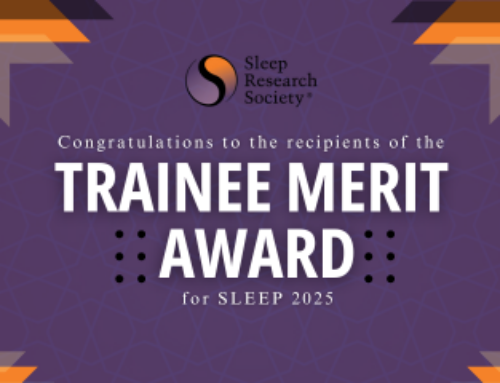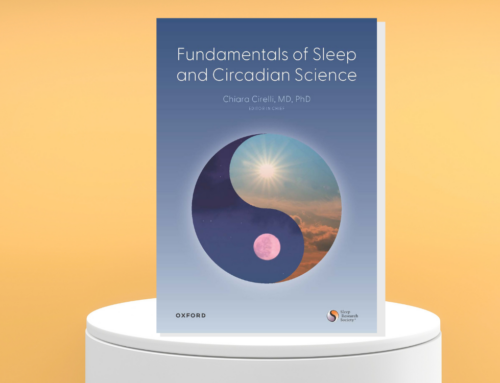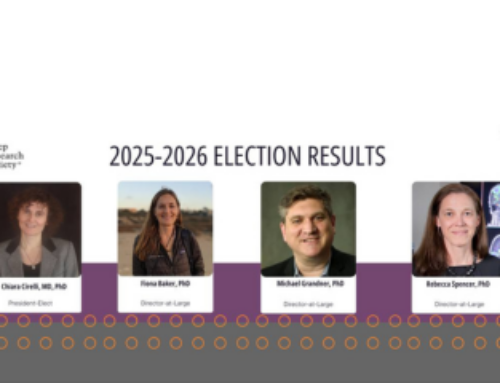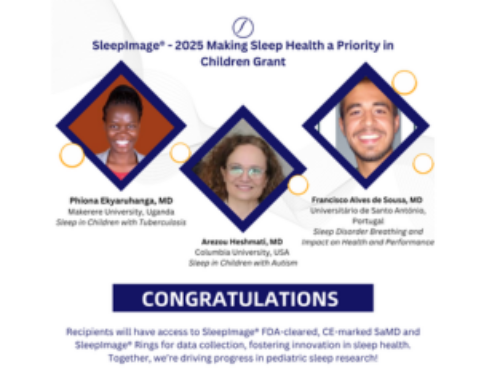Joe Kamiya died peacefully in his sleep on July 3, 2021, about a month short of his 96th birthday. Joe, an Asian American, grew up in California. As a teen, he was kept from finishing high school because in 1942, during the early part of the US-Japan War, all Californians of Japanese ancestry were forced into one of ten relocation camps. Joe never missed a chance to tell that story, a story that helped shape who he became. He finally was able to graduate after the military restriction was lifted, going on to graduate with a BA in philosophy, social welfare and psychology in 1948 and a PhD in psychology in 1954, both from UC Berkeley. His first position was as an instructor in the Department of Psychology at the University of Chicago. His office was across the hall from Professor Nathaniel Kleitman’s sleep laboratory. Dr. Kleitman was just retiring, and he allowed Joe to use his lab for his own research. Dr. Bill Dement, then a medical student and an assistant in the lab, taught Joe about the EEG, including how to attach electrodes and how to identify different stages of sleep. Joe began studying physiological indicators of sleep and of dreaming and found eye movements of REM sleep to be the most interesting. His first publication was a chapter on the Behavioral, Subjective and Physiological Aspects of Drowsiness and Sleep.
A few years later, Joe moved to UCSF where he stayed until his retirement in 1992. And where he became the “Father of Biofeedback,” starting a whole new clinical and research discipline. Soon after arriving in San Francisco, sometime around 1962 or 1963, sleep researchers came together to form an organization with Joe as the Secretary-Treasurer of the group. There were no other officers, so essentially Joe was the equivalent of the first president of the Sleep Society. There was talk of changing the name of the organization from The Sleep Society to the Association for the Psychophysiological Study of Sleep (APSS), but Joe noted that most people complained that they could not fit that long name on their dues checks. By 1964 however, the Sleep Society became the original APSS.
I met Joe in 1974 when he invited me to become his graduate student at Langley Porter at UCSF. Joe was a quiet, kind and brilliant man. He taught me much about research and about being kind to the people we work with. He let me be independent, while still guiding me. My first publication was with him and he encouraged me to expand my knowledge within psychophysiology, but to find a niche, which for me became sleep. So Joe and I came full circle, he starting in sleep and me finishing in sleep.
Joe is survived by his wife and collaborator of 50 years, Joanne, 4 children, 6 grandchildren and 1 great grandchild. He will be sorely missed by all of us who knew him and by all who have been influenced whether as researchers, clinicians, or patients, by his seminal work.
Written by:
Sonia Ancoli-Israel, PhD
University of California, San Diego






